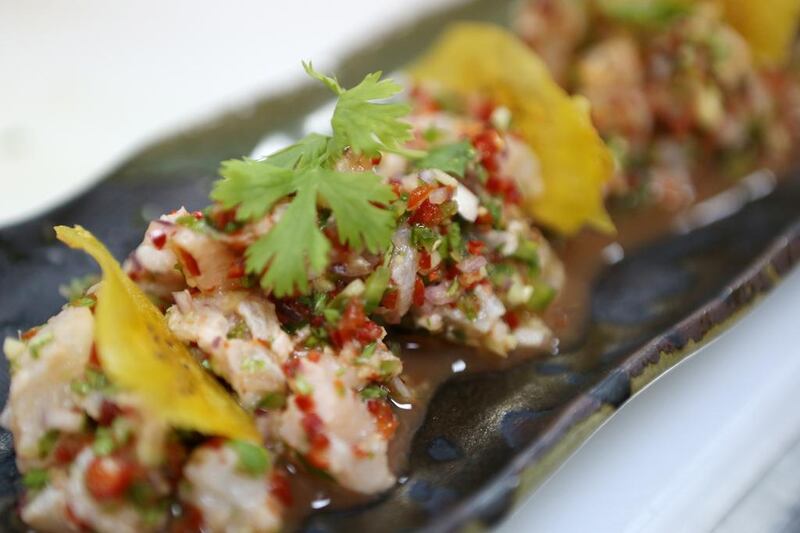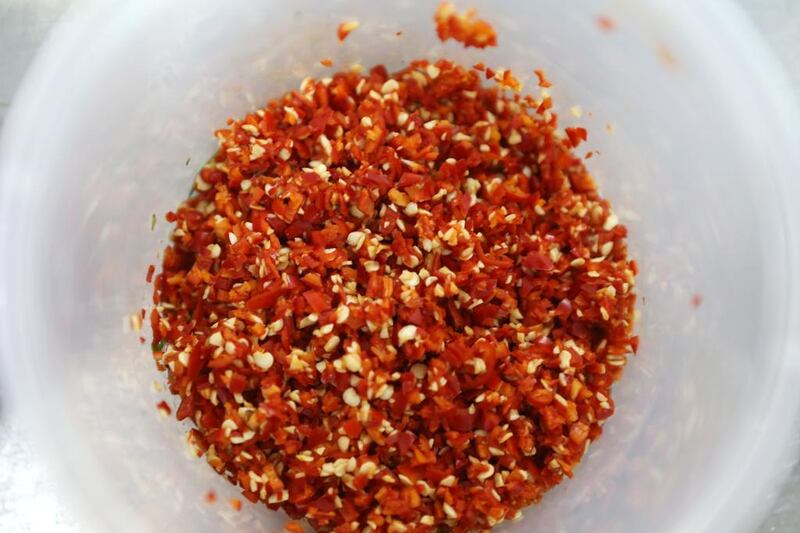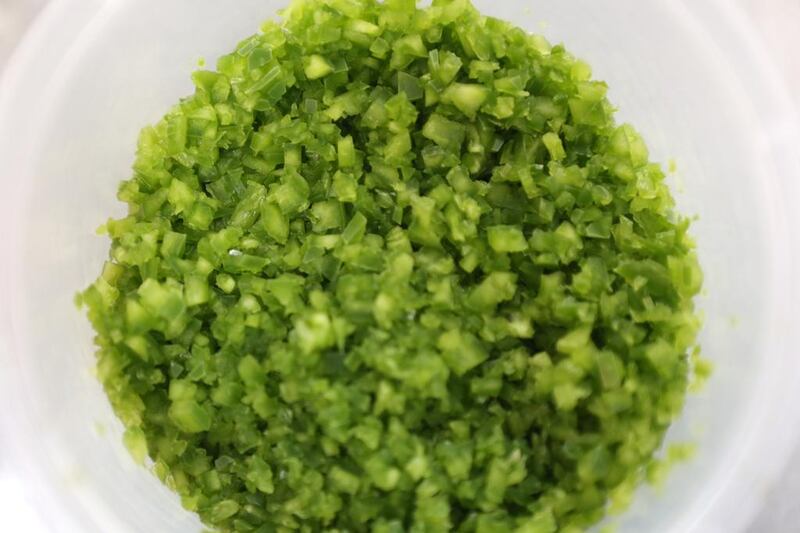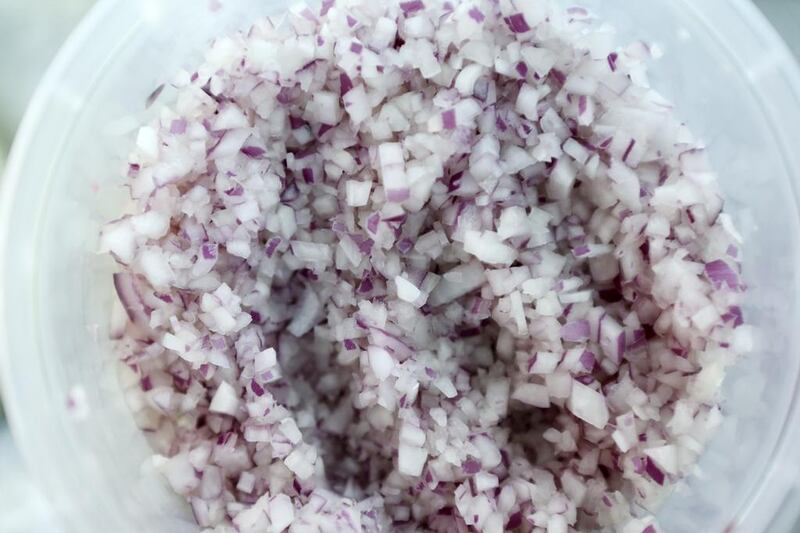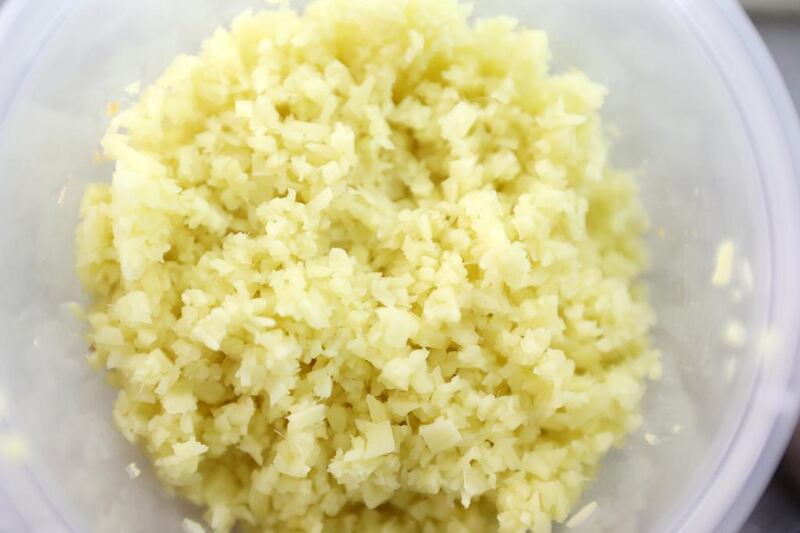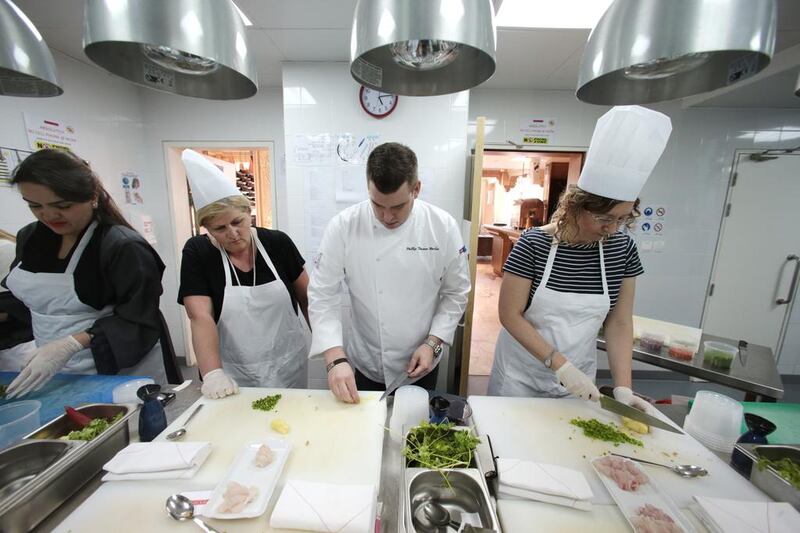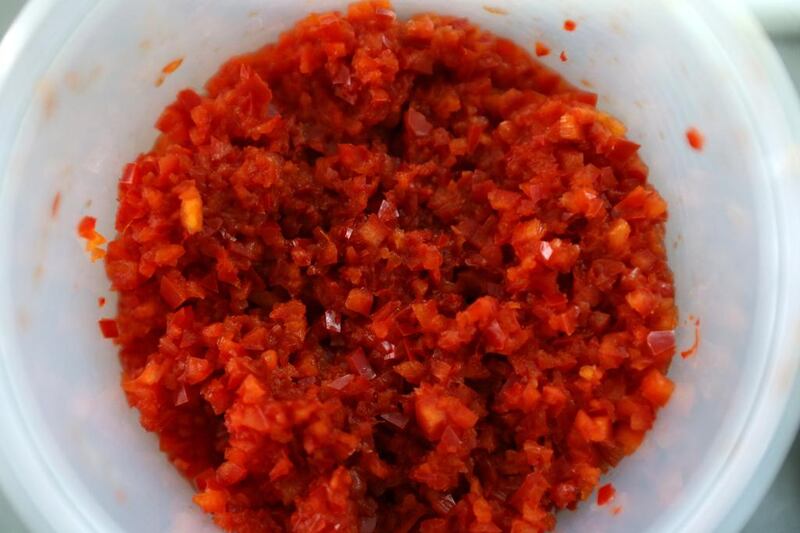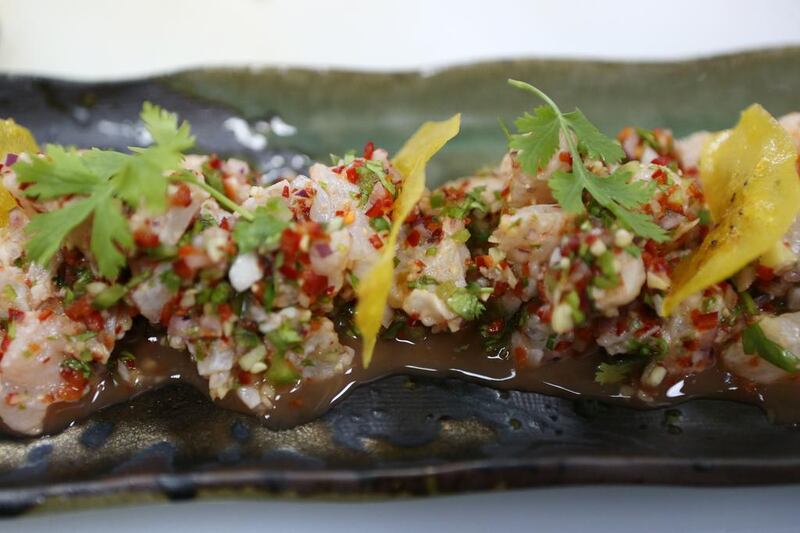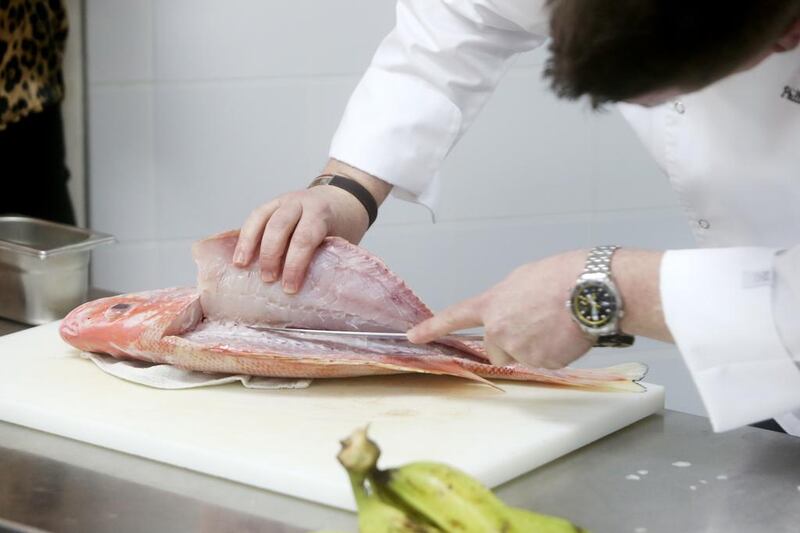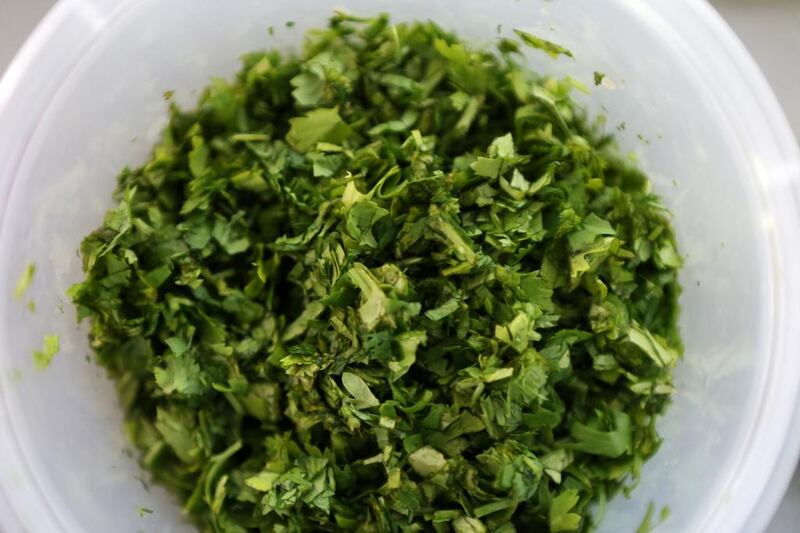When Asia de Cuba Abu Dhabi’s Cuban-born executive chef Luis Pous told me that he had trouble making ceviche in his home country because of the lack of ingredients, I was shocked.
Its basic ingredients, such as chilli, lemon, lime and ginger, which should grow in abundance in a Caribbean country, were restricted and production centralised, thanks to the country’s communist leaders.
Perhaps they were worried that such a potent brew – leche de tigre as the fiery juice is known – would inspire dissent.
So impossible was it to be a creative chef in Cuba that Pous left for the United States, where he met and worked with the Floridian Phillip Harbin, who is also now in Abu Dhabi.
“Cuba is such a repressed culture it can be hard to find anything to eat,” says Harbin, who, along with Pous, serves up Asia de Cuba’s impressive menu. “But hopefully things are changing now.”
Harbin explains that ceviche is Peruvian but is now found throughout South America. It was he who led the recent Ceviche Masterclass at the restaurant, part of the St Regis Abu Dhabi’s Nation Riviera Beach Club, on the Corniche. The company hopes to soon make the classes available to the public.
First off, the fish. Harbin says any white fish is usable – he has chosen the local Gulf snapper, but he says you could also use grouper, halibut, black cod or even crab, lobster or shrimp. Shellfish must be flash-boiled before using, but fresh fish – “the freshest you can find, with clear eyes”, Harbin stresses – is the thing for the classic ceviche de pescado that we are making today.
After filleting the fish (with a long, sharp knife: cut around the head, slice down the backbone to the tail, then push the blade over the bones to release the flesh), we’re told to chop it into small chunks (“make sure they are all the same size”, Harbin stresses). Next, we finely chop red onion, chilli (red and green jalapenos, plus some Thai chilli) and ginger, and add a slug of lime juice and pinch of salt.
In goes some coriander and after we’ve mixed it all together with the fish, it’s finished. Almost immediately, the translucent fish starts to turn white, which is a sign that it’s being “cooked” in the acidic juices. I taste mine and am fairly pleased with it, though it’s too salty.
This is a very easy dish to make, but it will take practise to get exactly right – which is why I’ll still be going back to Asia de Cuba for more.
• For details of upcoming events, visit www.asiadecuba.com/abu_dhabi
rbehan@thenational.ae
